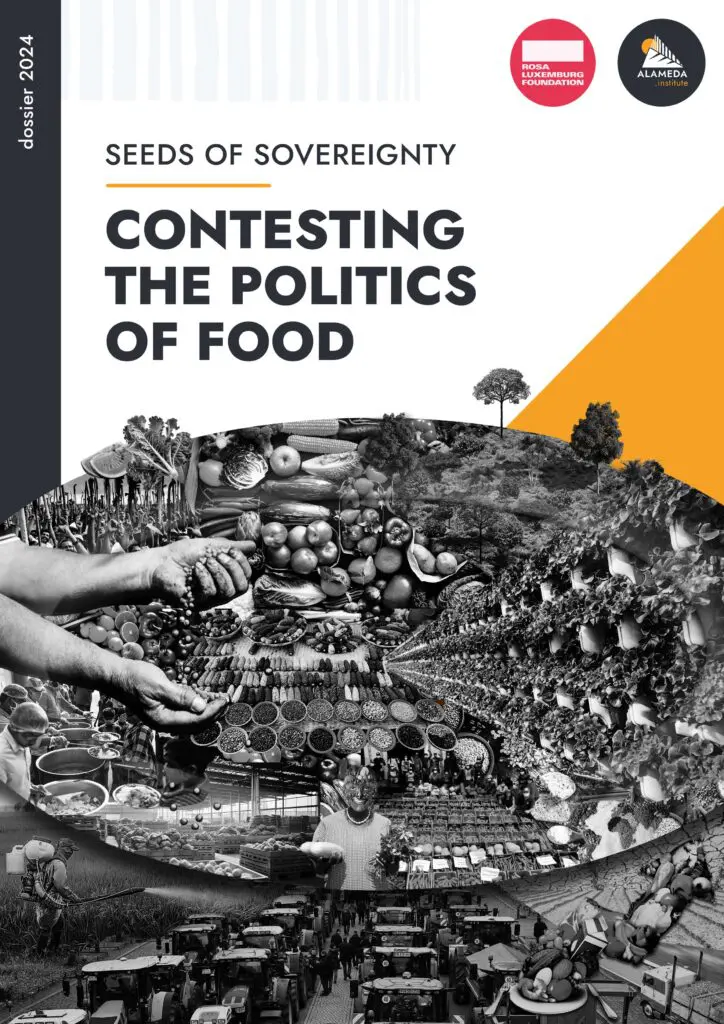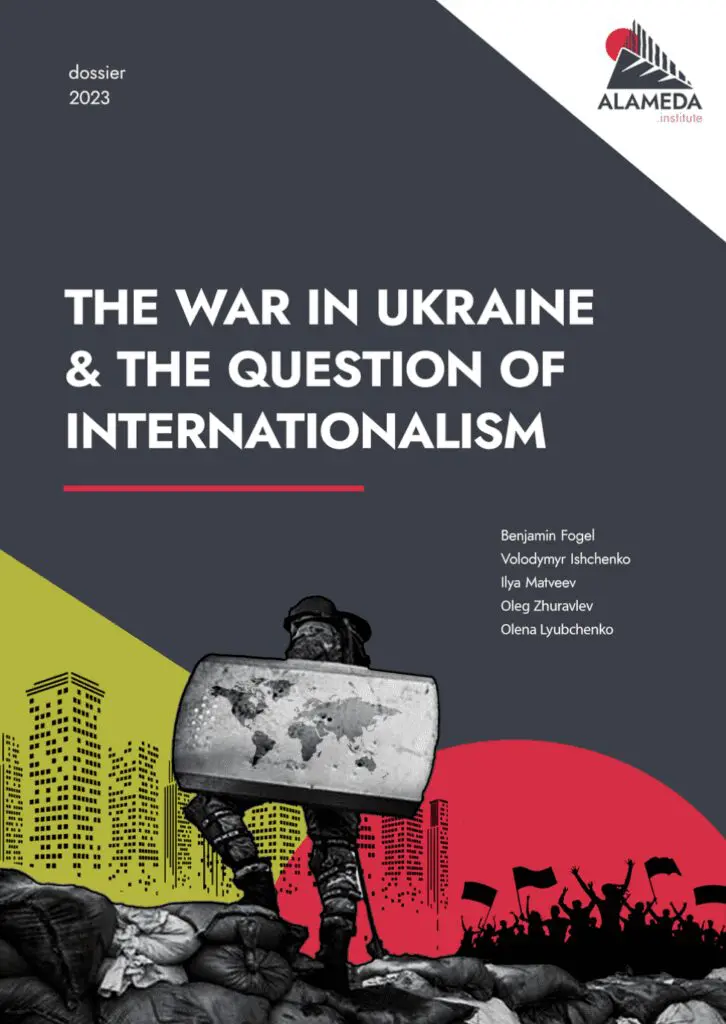Displacements
It is a troubling feature of contemporary crises that some of the most exceptional and abnormal social conditions become the basis for understanding regular and ordinary phenomena. The existence and plight of refugees and displaced populations – a situation we would usually consider extraordinary, the symptom of a break in the social order – have not only become more widespread and more integrated into the regular functioning of our societies than ever, but have effectively become a mirror that also reflects and clarifies other social dynamics. The nomadic life imposed by precarious conditions of labor, the ubiquitous presence of borders and checkpoints of control, the transformation of humanitarian resources into substitutes for social security: even when these transformations are not directly connected to cases of mass displacement, we see that the management of surplus populations has become a core dynamic of our world – we learn something about our whole shared social horizon through the lens of refugee camps.
Alameda’s dossier on Displacement considers different cases of forced displacement and the management of surplus populations from this double perspective, at once analyzing these concrete situations and seeking to learn about the new social dynamics that make them into examples of an emerging historical paradigm. What does it mean when the machinery of war transforms cities into markets and markets into instruments of control? How do urban crises reveal the deeper fault lines between who builds our futures and who is left to pick up the pieces? In what ways do richer nations deploy narratives of inclusion to mask the very exclusion they perpetuate—turning generosity into governance, compassion into conditionality? And finally, how might we, as global citizens, move beyond the spectator’s gaze to understand displacement as both symptom and strategy of our era’s prevailing power relations?
Throughout these five texts, we trace a journey from the epicentre of conflict through the fraught terrains of transit and host societies, insisting that displacement is never simply about crossing borders but about the multiple borders—legal, economic, social and epistemic—that shape every step of the refugee’s path.
Joseph Daher begin’s on an essay on Syria’s “war economy.” Here reconstruction is not merely a technical challenge but a political project: one that cements the Assad regime’s survival through accelerated privatisation, selective aid flows and the re-commodification of public assets. What appears as rebuilding is in fact a strategic privatisation of public assets, engineered to shore up regime survival and extract new rents from misery. This essay shows how aid flows and mega-projects alike are folded into a war economy that cements inequality even as it clears the rubble.
Estella Carpi transports us to Istanbul, where tightly packed neighbourhoods, the failures of seismic planning and climate adaptation collide with the everyday ingenuity of displaced communities. Here, technocratic checklists falter when confronted by lived realities and a protracted conflict demand a radical rethinking of “disaster knowledge.” Too often, technocratic checklists ignore the everyday tactics of survival that refugees have long practised. This piece argues for co-produced expertise, where disaster preparedness grows from the ground up rather than trickles down from distant offices.
Sultan Jalabi then dissects the Turkish media’s framing of Syrian refugees, revealing a discursive machinery that casts newcomers alternately as victims, invaders or political pawns. Narratives are never neutral. By unraveling the discursive machinery of Turkish news outlets, this analysis reveals how refugees are alternately cast as generous beneficiaries, security threats or political pawns. Such framing doesn’t simply reflect public sentiment – it manufactures it, with profound consequences for policy and social cohesion.
Philip Proudfoot brings us to Lebanon’s collapsing economy, where Syrian day-labourers—once deemed provisional—are now ensnared by financial collapse and shrinking rights. Their precarity exposes the myth of “temporary” displacement: as long as exploitation remains profitable, no amount of social-cohesion seminars will uproot the logics that commodify human lives.
Olena Lyubchenko concludes in Canada, unpacking the CUAET scheme’s dual logic: embracing Ukrainian refugees as “ideal” (read: white, temporary, highly skilled) while fortifying barriers to migrants from the Global South. Here inclusion becomes a stratagem, carving hierarchies of belonging that mirror colonial hierarchies of race and capital.
Beliz Boni’s own contribution brings us back from theory to lived experience: drawing on more than a decade spent navigating hostile borders and precarious welcome, her visual essay transforms thousands of snapshots she took into a series of digital collages. These layered images are at once intimate diaries and political statements, casting the personal toil of integration into bold relief and inviting us to read displacement not as an abstract crisis but as the day-to-day act of making new worlds out of the fragments we carry.
Across these essays, a pattern emerges: displacement is not an aberration but an integral modality of contemporary governance. It is at once a pressure valve for global inequality and a lever for new profit frontiers—of land, labour and even humanitarian sentiment. From Syria’s boulevards to Beirut’s shantytowns, from Istanbul’s makeshift camps to Toronto’s skill-labour schemes, the same logics of extraction and exclusion reverberate.
Recognising displacement as a complex, interlocking system of power also illuminates where solidarity can intervene. If borders are as much discursive as geographical, then discursive shifts—through art, protest, policy innovation—can unsettle the architectures that confine human mobility. If markets treat bodies as commodities, then collective action can reclaim labour’s value beyond profit. And if technical “solutions” too often ignore lived experience, then co-produced knowledge can become a radical technology of liberation.
In mapping these terrains of coercion and possibility, this dossier does more than catalogue displacements—it invites us to join a global conversation about justice, rights and the radical reshaping of our shared world. Only by grappling with the full breadth of these logics can we hope to move beyond humanitarian stopgaps and sketch pathways toward truly emancipatory futures.



